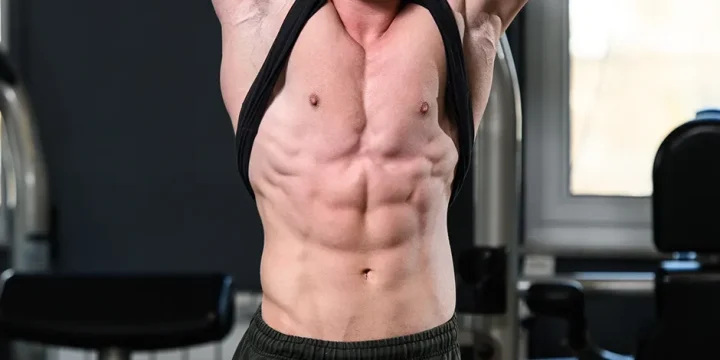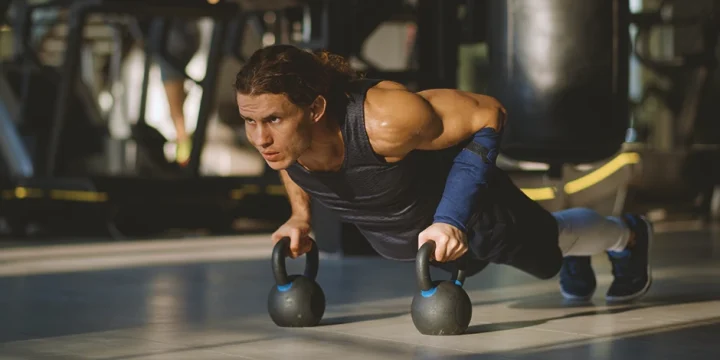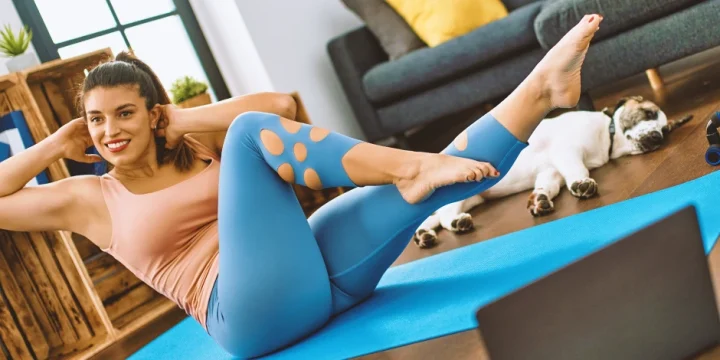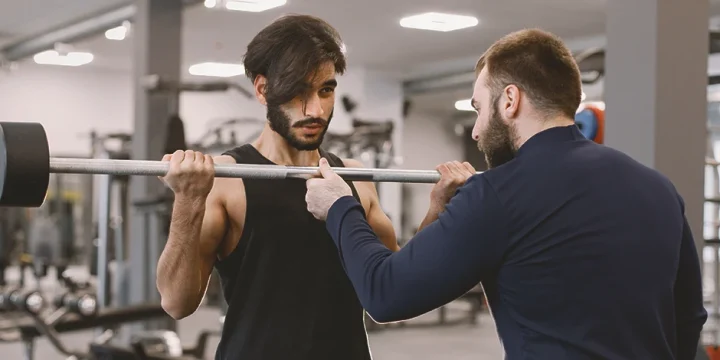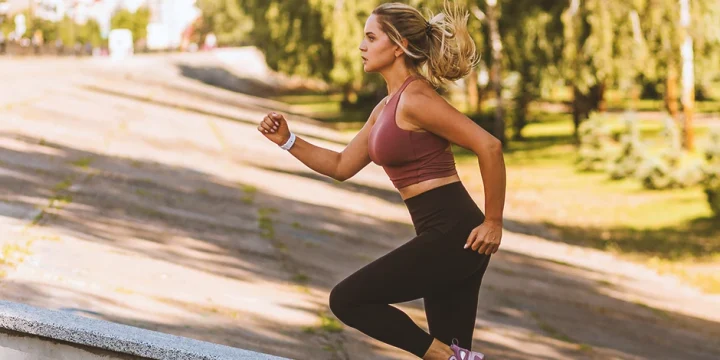As a fitness trainer, I’ve been approached by many readers who’ve requested a list of essential weight training exercises to incorporate into their routines.
With over a decade of experience training bodybuilders, powerlifters, and various athletes, I’ve found that there are seven essential exercises that build strength and muscle like no other.
This article will take you through these essential exercises and explain why they should be part of your workout routine.
Let’s begin.
Quick Summary
- To maximize strength and muscle gains, include compound exercises like squats, deadlifts, bench press, and overhead press in your workout routine.
- Add plenty of compound movements to your workout program to maximize your strength and hypertrophy gains.
- A PubMed study showed that multi-joint movements increase strength, muscle activation, and metabolic stress more effectively than single-joint movements.
- Personally, I find that a well-rounded routine leads to better overall fitness and functional strength.
7 Best Exercises Your Workout Program Must Include

Here are the seven best exercises that will highly benefit your workout program.
1. Squats
When I first started incorporating squats into my routine, I noticed a significant improvement not just in my lower body strength but also in my overall athletic performance.
Squats have been key in developing my glutes, quads, and calves, and I've seen similar results in many of my clients, from beginners to seasoned pros.
They also use your spinal erectors, abs, obliques, hamstrings, lower and outer glutes, and the upper part of your calf muscle as stabilizers.
While it’s primarily a lower-body compound movement, squats can also help you build tremendous upper-body strength.
The best part is squats has multiple variations that target different muscles at different intensities.
“Not only are squats not bad for the knees, every legitimate research study on this subject has shown that squats improve knee stability and therefore help reduce the risk of injuries.”
- Charles Poliquin, Strength Coach
2. Deadlifts
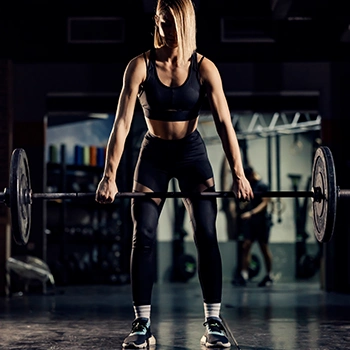
Many of my clients struggle with deadlifts initially, but with consistent practice and attention to form, they become a cornerstone in developing their core, hamstring, and glute strength.
It has two variations:
- Conventional: This one focuses more on your hamstrings, glutes, and thoracic spine.
- Sumo: This is a wide-stance deadlift that heavily uses your glutes and quads.
The only downside to deadlifts is that many beginners perform them with poor form, which could lead to injuries.
So, get your form down to a tee with an empty barbell before adding weights.
3. Bench Press
The bench press is a fundamental compound exercise that engages the triceps, shoulders, and chest. Incorporating it into your workout routine can help you develop amazing upper body strength and power, as well as improve your overall muscular endurance.
Whether you’re a beginner or a seasoned lifter, the bench press is an effective way to build upper body strength and muscle mass, making it a must in any well-rounded workout routine.
4. Overhead Press
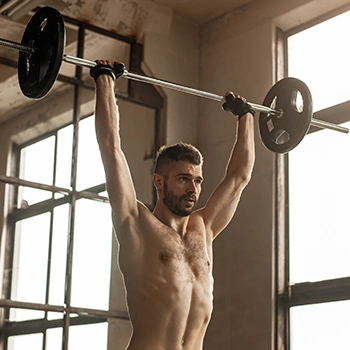
Overhead press, in my experience, is one of the most effective exercises for targeting the shoulders, triceps, and upper back. When I added it to my routine, I was amazed at how it enhanced my overall shoulder stability and strength.
In my training experience, this exercise has a high carryover to the bench press and squat, making it a valuable addition to your powerlifting workouts.
5. Pull-Ups
There’s no replacement for pull-ups. This upper body compound movement works the back, shoulders, and arms.
Incorporating them into your workout routine can lead to improvements in overall upper body strength and muscle development and improved grip strength.
Pull-ups are also a functional movement that mimics real-life activities like climbing or lifting heavy objects, making them a valuable exercise for both beginner and elite lifters.
You can modify pull-ups with various grip options to prevent plateauing.
6. Chest Dips
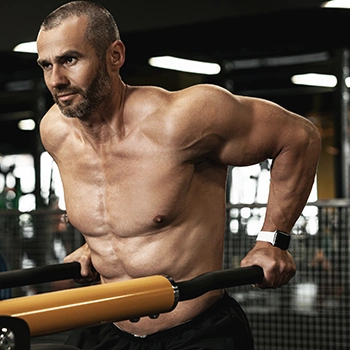
Chest dips are an upper-body compound movement that targets the chest, triceps, and shoulders.
Adding them to your workout routine can lead to significant strength and muscle development in the chest muscles.
In my experience training clients, chest dips were more effective than push-ups in building the chest, making them a valuable exercise for both beginner and elite lifters.
You can tailor this exercise to your fitness goals with various modifications, like using resistance bands or adding weight.
7. Planks
Planks are one of the best ab exercises that target the core muscles.
They also engage the shoulders, arms, and glutes when done with perfect form. Planks are a highly effective warm-up for elite lifters; they help prevent injury by firing the muscles that support the spine.
Planks are a must for beginners who want to build core strength, stability, and posture.
What Makes These Exercises Important?

These exercises are important because they’re compound (multi-joint) movements, meaning they engage more than one muscle.
A PubMed study shows that multi-joint movements increase strength, muscle activation, and metabolic stress more than single-joint movements [1].
Compound movements also more accurately mimic practical day-to-day movements.
So, besides their muscle and strength-building advantages, they can improve the quality of your daily activities.
Safety Precautions

Here are some safety precautions to keep in mind when performing compound movements:
- Warm-up: Before starting any compound movement workout, you must warm up properly to avoid injury. We recommend doing light cardio, dynamic stretching, and mobility exercises.
- Keep perfect form: Correct form is essential for compound movements to avoid injury and maximize the benefits of the exercise. Ensure you maintain proper posture throughout the movement and engage the appropriate muscles.
- Start light: If you’re a beginner, start with lighter weights and gradually increase the load as your strength and technique improve. This will help you prevent injury and muscle strain.
- Use a spotter: When performing exercises such as the bench press or squat, it is important to have a spotter to assist with heavy lifts to ensure safety.
- Recovery: Compound movements beat up your muscles pretty well. Ensure you get plenty of rest, eat a nutritious diet, drink plenty of water, and take a good protein supplement to recover from your workout.
The Role of Nutrition in Enhancing Exercise Effectiveness
I've personally experienced significant boosts in energy and performance when I started focusing on a balanced diet that includes a mix of carbohydrates and protein, especially around my workout times.
This synergy between diet and exercise has been a game-changer in achieving my fitness goals.
Pre-Workout Nutrition
Before exercising, it's important to fuel your body with the right nutrients. A combination of carbohydrates and protein can provide you with the energy needed for a strenuous workout.
For instance, a banana with a small serving of peanut butter or a whole-grain toast with a slice of turkey provides a good balance. The goal is to consume easily digestible foods that won't cause discomfort during your workout.
Hydration
Staying hydrated is essential, especially during intense workouts. Water regulates your body temperature, lubricates joints, and helps transport nutrients to give you energy.
It's recommended to drink water before, during, and after exercise to maintain optimal performance and recovery.
Post-Workout Nutrition
After your workout, your body needs to replenish its glycogen stores and repair muscle tissues. Consuming a mix of carbohydrates and protein within 45 minutes after exercising can aid in this process.
A protein shake with a piece of fruit or yogurt with berries are excellent post-workout snacks.
Supplements
While whole foods should always be your first choice, supplements like whey protein, BCAAs (Branched-Chain Amino Acids), or creatine can be beneficial in enhancing your workout results.
FAQs
What Are the 3 Important Things in an Exercise Program?
The three most important things in an exercise program are aerobics, muscular strength and endurance conditioning, and flexibility training. Most athletes incorporate all three elements into their exercise regimen for a complete workout.
What Are the 4 Most Important Types of Exercise?
The four most important types of exercise are endurance, strength, balance, and flexibility activities [2]. These ensure overall fitness and prevent weak points in your training.
Which Exercise Is the King of All Exercises?
The squat is the king of all exercises. It works the biggest muscles in the body, such as the glutes, quadriceps, hamstrings, and core.
References:
- https://pubmed.ncbi.nlm.nih.gov/19204579/
- https://www.nia.nih.gov/health/exercise-and-physical-activity/four-types-exercise-can-improve-your-health-and-physical
About The Author
You May Also Like

